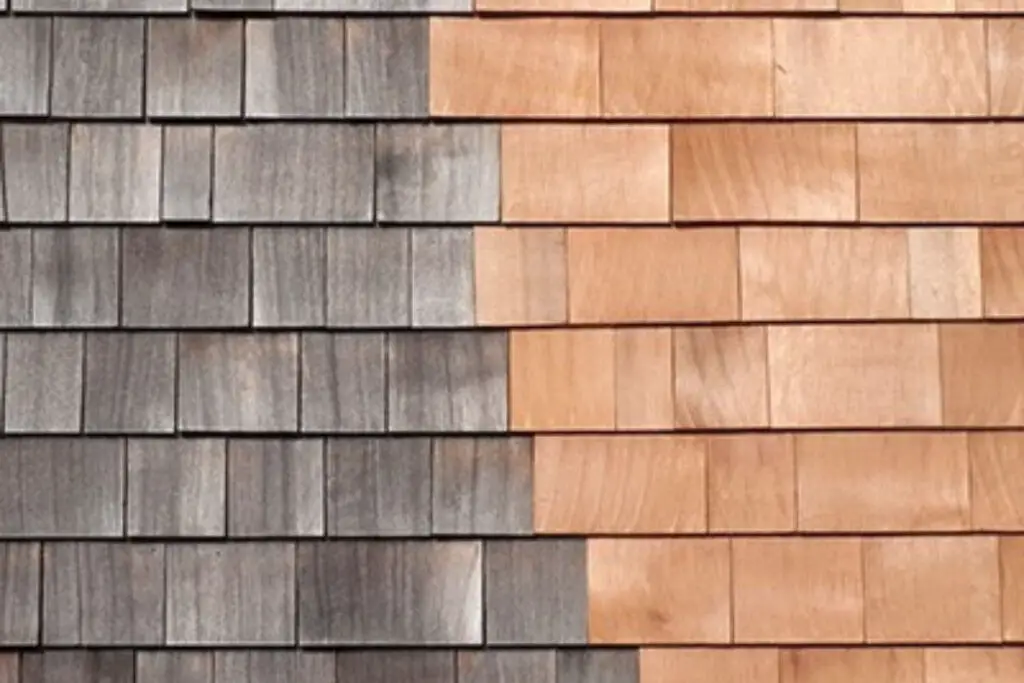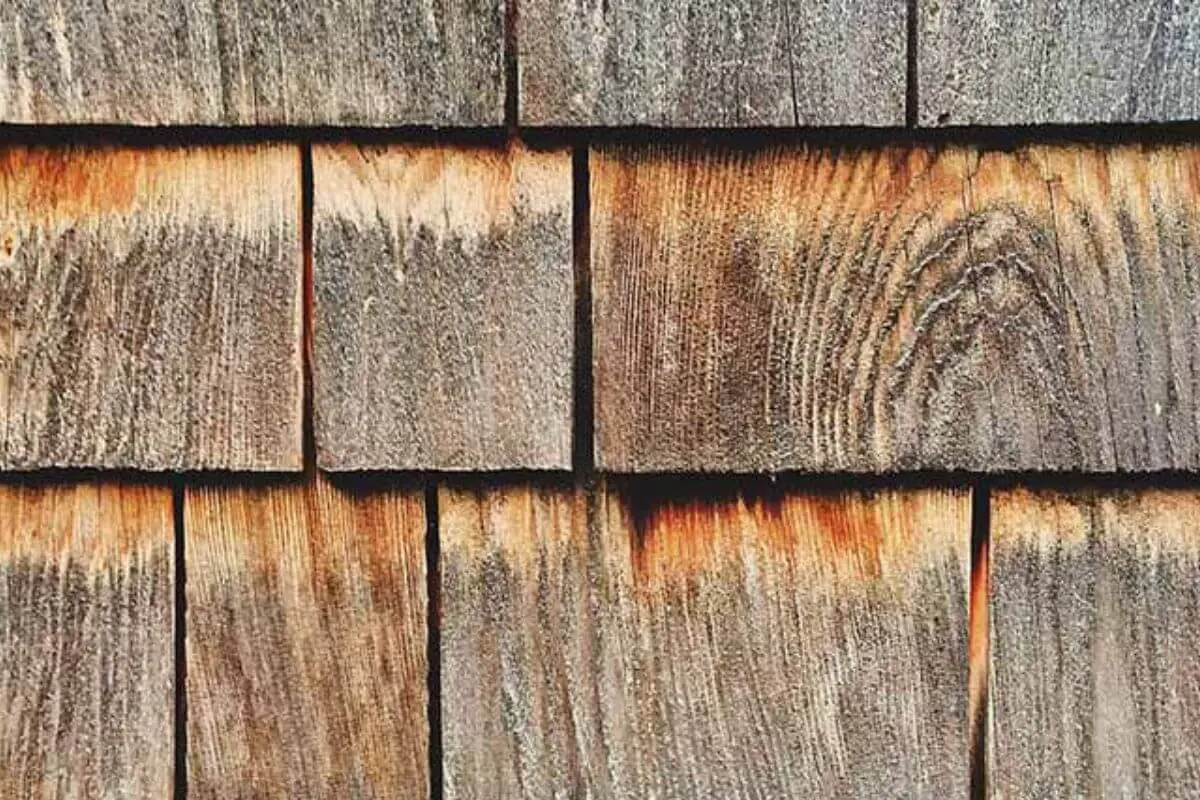When it comes to enhancing and protecting wooden surfaces, two popular options are bleaching oil and weathering stain. Each product offers unique benefits and effects on wood, making them suitable for different projects and desired outcomes. In this comparison, we’ll explore the characteristics and uses of bleaching oil and weathering stain to help you make an informed choice for your woodworking project.
Bleaching Oil
Natural Wood Lightening
Bleaching oil is a wood treatment product designed to lighten the color of wood surfaces. It is commonly used to achieve a weathered, sun-bleached look on exterior wood such as decks, fences, and outdoor furniture. Bleaching oil works by removing or lightening the natural pigments in the wood, giving it a silvery-gray appearance over time.
Mildew and UV Protection
In addition to changing the wood’s color, bleaching oil often contains mildew inhibitors and UV protectants. This helps prevent the growth of mildew and protects the wood from the damaging effects of sunlight. It’s an excellent choice for outdoor applications in humid or sunny environments.
Maintenance
Bleaching oil requires regular reapplication to maintain its appearance and protective qualities. The frequency of reapplication depends on factors such as weather conditions and the level of exposure to sunlight.
Weathering Stain
Natural Aging Effect
Weathering stain, also known as weathered wood finish, is designed to mimic the natural aging process of wood. It adds a weathered, rustic appearance to wooden surfaces, making it a popular choice for interior and exterior wood projects, including furniture, siding, and decorative items.
Low Maintenance
Weathering stains typically provide a longer-lasting weathered effect compared to bleaching oil. Once applied, they require less frequent maintenance, making them suitable for projects where you want to achieve a timeless, aged look with minimal effort.
Variety of Finishes
Weathering stains come in a variety of finishes, allowing you to choose the level of weathering and color intensity that suits your project. You can find weathering stains that create subtle gray tones or those that produce a more pronounced, rustic appearance.

Choosing Between Bleaching Oil and Weathering Stain
The choice between bleaching oil and weathering stain depends on your specific project goals and preferences:
If you want to lighten wood color and provide mildew and UV protection for outdoor wood surfaces, bleaching oil is a suitable choice. It’s ideal for achieving a beachy, weathered look.
If you prefer a low-maintenance option that mimics the natural aging of wood with a variety of finish options, weathering stain is a better fit. It’s versatile and can be used for both interior and exterior projects.
Consider the long-term maintenance requirements of your project. Bleaching oil may require more frequent reapplication, while weathering stains offer durability with less upkeep.
Finally, think about the desired level of weathering and the color you want to achieve. Weathering stains provide more control over the final appearance, allowing you to choose from a range of finishes.
In conclusion, both bleaching oil and weathering stain have their advantages, and the choice depends on the look you want to achieve and the maintenance level you’re comfortable with. Whichever product you select, proper surface preparation and application techniques are essential to achieve the desired results.
FAQs
What is the primary difference between bleaching oil and weathering stain?
The main difference is their effect on wood. Bleaching oil lightens the wood’s color and provides UV and mildew protection, giving it a weathered appearance. Weathering stain, on the other hand, mimics the natural aging of wood and offers a variety of finish options.
Which one is better for outdoor wooden surfaces?
Both bleaching oil and weathering stain are suitable for outdoor wood, but if you want to lighten the wood while providing protection, bleaching oil is a good choice. Weathering stain is preferred for achieving a natural weathered look with less maintenance.
Do these products require surface preparation before application?
Yes, proper surface preparation is essential for both products. This typically includes cleaning, sanding, and ensuring the wood is free of dirt, debris, and previous finishes for optimal results.
How often do I need to reapply bleaching oil or weathering stain?
Bleaching oil usually requires more frequent reapplication, as its effects can fade over time. Weathering stains provide a longer-lasting finish, reducing the need for frequent maintenance.
Can I use weathering stain indoors?
Yes, weathering stain can be used indoors on wooden furniture and decor to achieve a rustic, aged look. It’s versatile and suitable for various indoor projects.
Do these products come in different color options?
Bleaching oil typically lightens wood to a silvery-gray hue. Weathering stains come in a range of finishes, allowing you to choose the level of weathering and color intensity you desire.
Can I apply these products myself, or should I hire a professional?
Both products can be applied as DIY projects, but it’s essential to follow manufacturer instructions carefully. Hiring a professional may be advisable for more extensive or complex projects.



